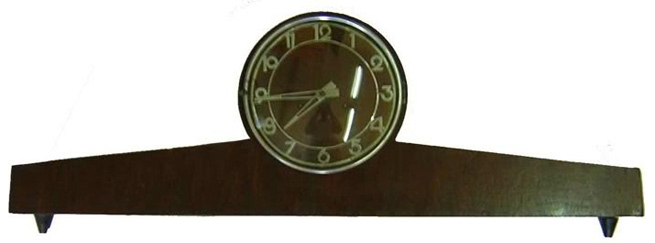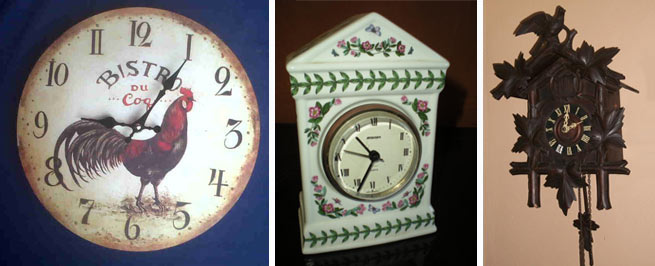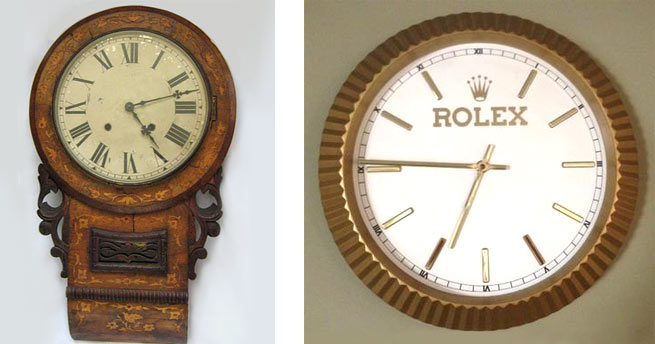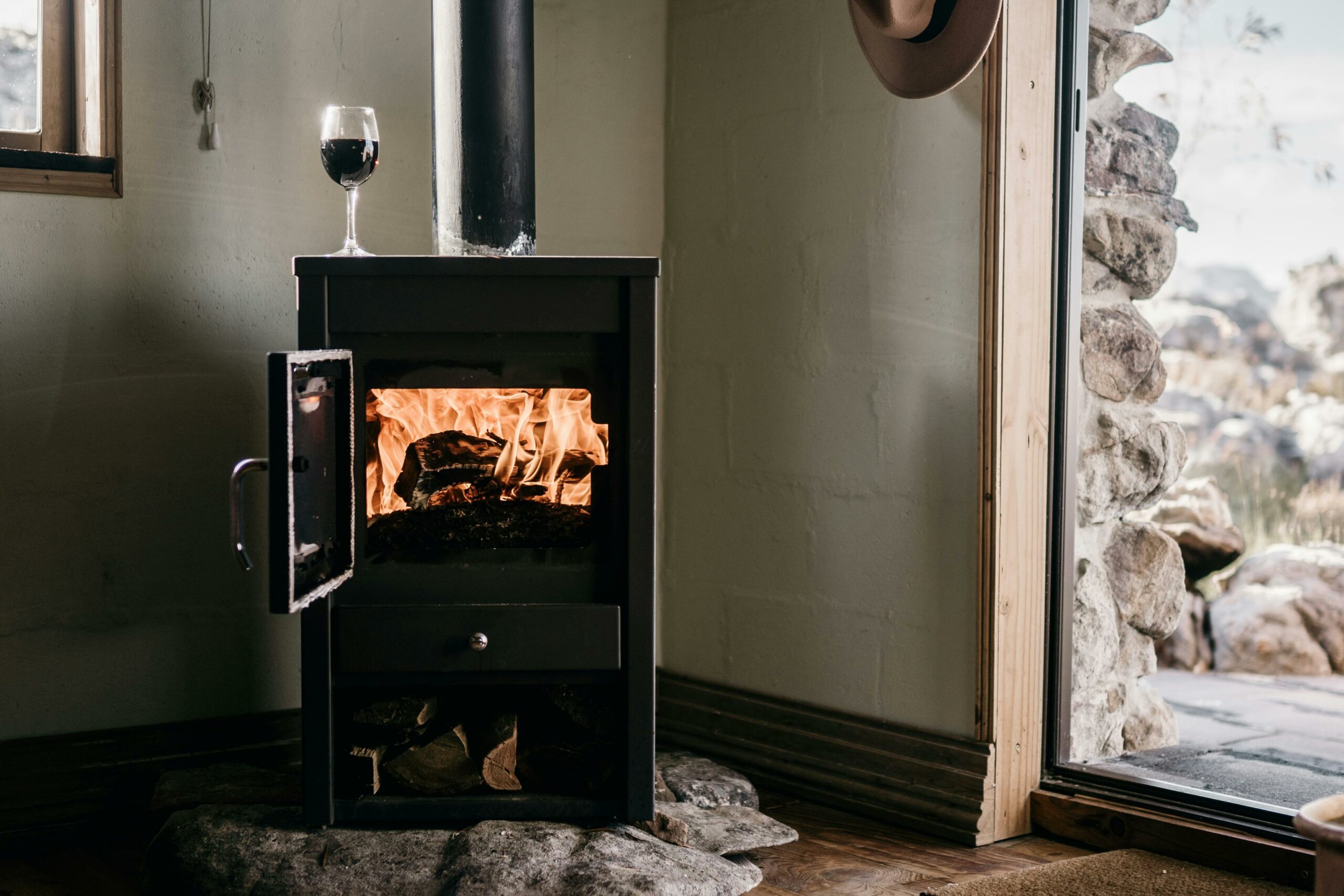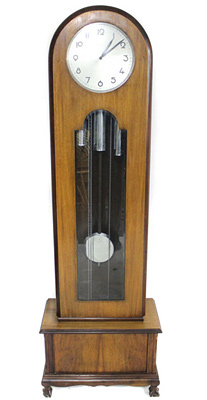 Why would anyone want to collect clocks, you might wonder. So did I, until I got immersed into the clocks section of the bidorbuy Antiques and Collectables category. The experience was so delightful that I have to share it with you.
Why would anyone want to collect clocks, you might wonder. So did I, until I got immersed into the clocks section of the bidorbuy Antiques and Collectables category. The experience was so delightful that I have to share it with you.
Simply said, a clock can be a thing of beauty. Just look at the images of a variety of clocks currently and recently listed on bidorbuy! Even if you have no inclinations to become a collector, chances are you will want to own at least one special timepiece in your house.
Here is a short overview of some of the popular character clocks:
Mantel clocks
As the name suggests, mantel clocks look best when placed on a mantel, above a fireplace. However, a shelf of any kind will do just as well. Mantel clocks were first built in France in the 18th century.
Carriage clocks
Another French invention, carriage clocks are a 19th century novelty designed as potable timepieces, suitable for travelling.
Cuckoo clocks
Well known from kids’ cartoons, cuckoo clocks were first made in the Black Forest region of Germany. These clocks strike the hours with a cuckoo’s call, but not every cuckoo clock has a mechanical bird popping out (and driving the cat mad).
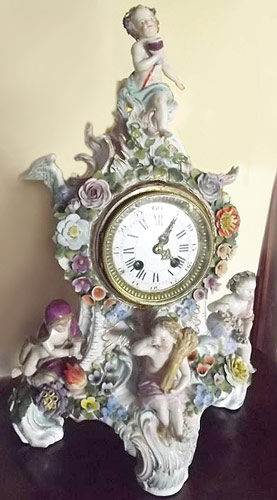 Longcase or grandfather clocks
Longcase or grandfather clocks
These tall, freestanding timepieces, developed in 1670 in England, give character to an otherwise uninteresting corner or hallway.
Pendulum clocks
The name of the Dutch scientist Christiaan Huygens, who invented pendulum clocks in 1656, deserves a mention because these devices served as the world standard for accurate timekeeping for 270 years. Antique and vintage wall clocks and free standing clocks often come with a penulum.
Wall clocks
Introduced in the 17th century, wall clocks became ubiquitous in the Victorian era, and were used to mark the passage of time in a kitchen as well as in railway stations.
Advertising clocks
Highly collectable, advertising clocks first appeared in the mid-19th century, with the advent of mass-produced clocks.
Alarm clocks
Some sources say that the first mechanical alarm clock was built in the late 18th century in New Hampshire, the USA. It had one glitch: it could ring only at four o’clock in the morning. Since then, alarms clocks have become ubiquitous on bedside tables around the world.
Art Deco clocks
In the early 20th century, the new design style, Art Deco, influenced everything from architecture to clocks. An eclectic style that strived to combine traditional craft motifs with the machine age, Art Deco is usually characterised by bold geometric shapes and could be either streamlined or intricately ornate.
Curious clocks
And then, there are clocks that are simply odd, one curioser than another, to paraphrase Alice in Wonderland. For example (as seen on bidorbuy): a teapot, telephone, wooden car, zeppelin, shoe-shaped clock, and even a clock that keeps you abreast of time (now, don’t let’s be silly, as the Mad Hatter said to the March Hare):

By now, you must be impatient to set off in search of your favourite character clock. Happy hunting!
